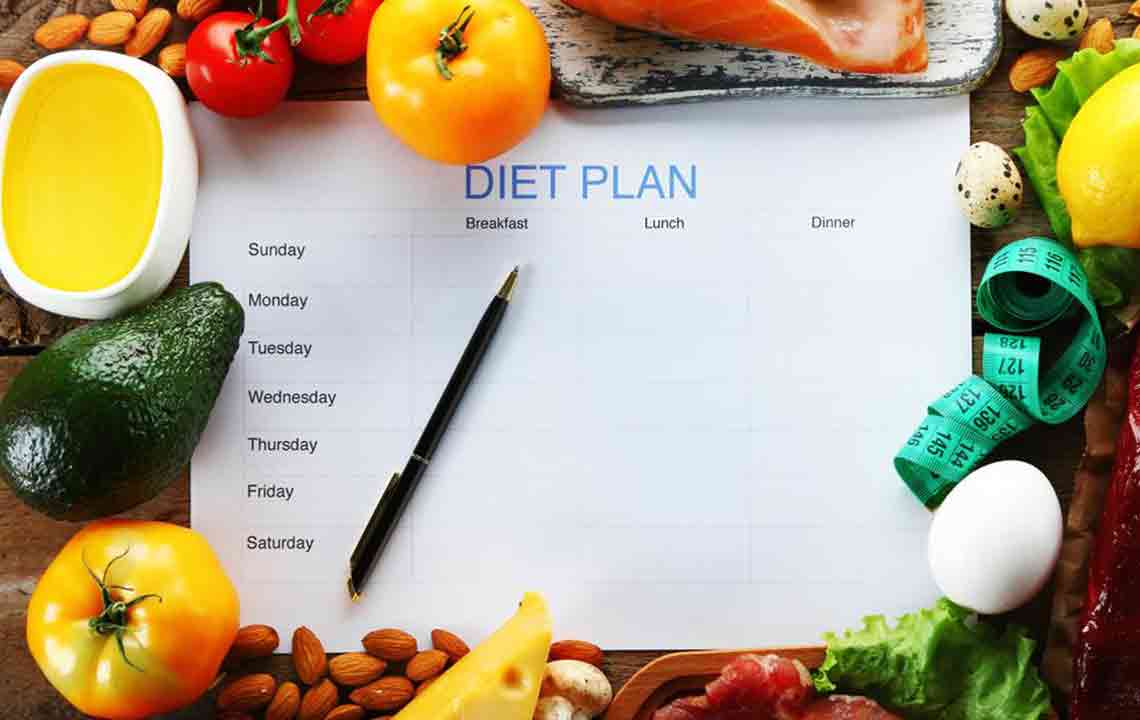How to Make the Most of Low FODMAP Diet Plans
For most people, diet is something that they do not like to follow it to the letter and the cheat day is no less than a celebration. Many people experienced this several times until the bells rang loud and clear; for some people getting diagnosed with irritable bowel syndrome is a warning sign to start an effective diet. Quite inevitably following the low Fodmap diet plans is one of the things such people need to get relief from this syndrome. Not only are the symptoms of this disease debilitating but a lot depends on whether the diet plan is correctly followed or not.

Before going ahead with low FODMAP diet plans (a fancy acronym that stands for fermentable oligosaccharides, disaccharides, monosaccharides, and polyols usually known as carbohydrates) which may cause issues like IBS in a few cases. It is necessary to identify the occurrence of IBS rather than experience the discomfort of the disorder. There may be alternating periods where the person experiences diarrhea followed by constipation. The bloated feeling and pain in the belly and change in the bowel habit are the other things that often disrupt normal work and other activities.
People with IBS often feel uncomfortable wearing the clothes that are otherwise fitting; this is mostly because of a bloated belly. Low FODMAP diet plans will help to get rid of the bloated belly. What’s more, you can expect a happy tummy and get rid of all those unpleasant feelings and put on anything you hid in the wardrobe before. It is a highly restrictive diet and temporary. You need to eliminate some of the food items from your daily meals while following low FODMAP diet plans during the first phase. It is called the elimination phase. Onions and garlic are off your menu, so is cabbage, mushroom, cauliflower along with lentils and gluten foods such as pasta and wheat. It is good to get rid of some of your favorite foods such as chocolate, honey, and fruits as they have high fructose content.
This diet is not appropriate for people who suffer from medical conditions like Type 1 and Type 2 diabetes. Even people at risk of suffering from eating disorders or are emotionally fragile should not opt for this diet. This diet is not meant for children either, and any diet that has food restrictions should be followed under the supervision of a dietician. Before you get on to this diet, get your nutritional guidance a gastroenterologist and a detailed plan from your dietician.
The portion sizes are the most important thing in this meal plan as even low FODMAP foods still have small amounts of carbs. For example, if your plan says 1 slice of pineapple and you have about 5 or 6 slices, then your FODMAP intake will be high. Make sure you make water your drink of choice. Black coffee, tea, peppermint tea, and green tea are low FODMAP drinks, but you can’t have milk. However, there is no reason to fret as you will have other options.
Low FODMAP diet plans include food such as leafy greens, radish, bell pepper, potatoes and tomatoes, gluten-free cereals (good for cereal maniacs including me), fish, pork and beef and different kinds of herbs and spices, which can spruce up the meals and help you cope with the newly changed meal plan. A question that often leaves people in confusion is whether to eliminate a group of nutrients from the diet. After all, you have spent all those years drinking milk and loved those cheese sandwiches. Follow the low FODMAP diet for the first seven days, track the changes, and then decide if you need to continue.
For people in extreme doubt, consulting a dietician is a good idea while following low fodmap diet plans. FODMAPs may not be present in all categories of carbohydrates, and there are different kinds of food items, which you may not know while following this specific plan. Mastering it well is needed to lead a more productive life.

